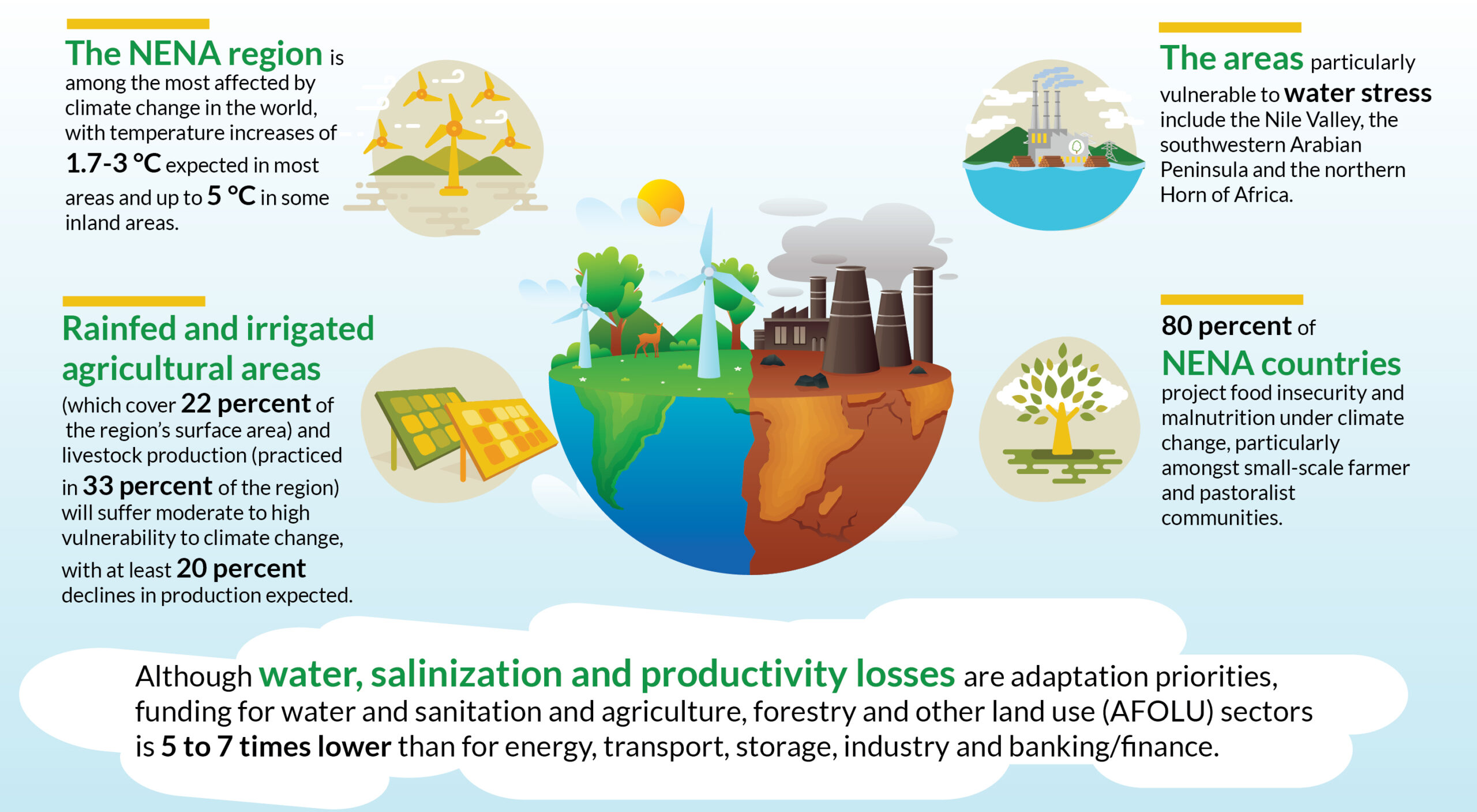Maintaining the quality of ingredients during storage is crucial to ensure the nutritional value, safety, and efficacy of feed formulations. Proper storage practices help prevent deterioration, contamination, and spoilage of feed ingredients, which can affect animal health, performance, and profitability. Here are some key strategies for maintaining the quality of ingredients during storage:
1. Environmental Conditions:
Temperature Control: Store feed ingredients in a cool, dry, and well-ventilated environment to minimize temperature fluctuations and reduce the risk of heat stress, microbial growth, and chemical degradation.
Humidity Management: Control moisture levels to prevent mold growth, caking, and spoilage of ingredients. Use moisture-proof containers, bins, or silos, and consider using desiccants or moisture-absorbing materials to reduce humidity.
Light Protection: Protect feed ingredients from exposure to direct sunlight, UV radiation, or artificial light sources, which can cause nutrient degradation, color changes, and oxidative reactions.
2. Packaging and Container Selection:
Airtight Packaging: Use airtight bags, containers, or packaging materials to seal feed ingredients and prevent oxygen exposure, moisture ingress, and pest infestation.
Durable Containers: Choose durable, non-permeable storage containers made of food-grade materials that are resistant to damage, corrosion, or contamination.
Proper Sealing: Ensure proper sealing of storage containers, lids, or closures to maintain integrity and prevent leaks, spills, or entry of contaminants.
3. Pest Control:
Rodent and Insect Management: Implement pest control measures, such as traps, baits, repellents, or physical barriers, to deter rodents, insects, and pests from accessing feed storage areas and contaminating ingredients.
Regular Inspections: Conduct regular inspections of storage facilities and equipment to identify signs of pest activity, infestation, or damage and take prompt action to address issues.
4. Hygiene and Sanitation:
Cleanliness: Maintain cleanliness and hygiene in storage areas, equipment, and handling procedures to minimize the risk of microbial contamination, cross-contamination, and pathogen transmission.
Sanitization: Clean and sanitize storage containers, bins, scoops, and handling tools regularly to remove debris, residues, and biofilms that can harbor bacteria, fungi, or molds.
5. Inventory Management:
First-In-First-Out (FIFO): Implement FIFO inventory management practices to rotate feed ingredients and ensure older stock is used before newer arrivals, reducing the risk of ingredient spoilage or expiration.
Inventory Tracking: Maintain accurate records of ingredient inventory, usage, and replenishment to track shelf life, monitor stock levels, and prevent stockouts or overstocking.
6. Quality Assurance:
Quality Testing: Periodically test feed ingredients for quality parameters such as moisture content, nutrient composition, mycotoxin levels, and microbial contamination to verify quality and safety.
Supplier Assurance: Source ingredients from reputable suppliers with quality assurance programs, certifications, and traceability systems to ensure consistent quality and compliance with regulatory standards.
7. Training and Education:
Staff Training: Provide training and education to personnel involved in feed storage, handling, and management to ensure proper procedures, hygiene practices, and safety protocols are followed.
Awareness Programs: Raise awareness among employees about the importance of ingredient quality, storage best practices, and potential hazards associated with improper handling or storage. By implementing these strategies and maintaining vigilant oversight of feed storage conditions, producers can minimize the risk of ingredient degradation, contamination, and spoilage, ensuring the delivery of high-quality, safe, and nutritious feed to livestock and poultry. Regular monitoring, quality assurance measures, and proactive management are essential for safeguarding feed ingredient quality throughout the storage process.


